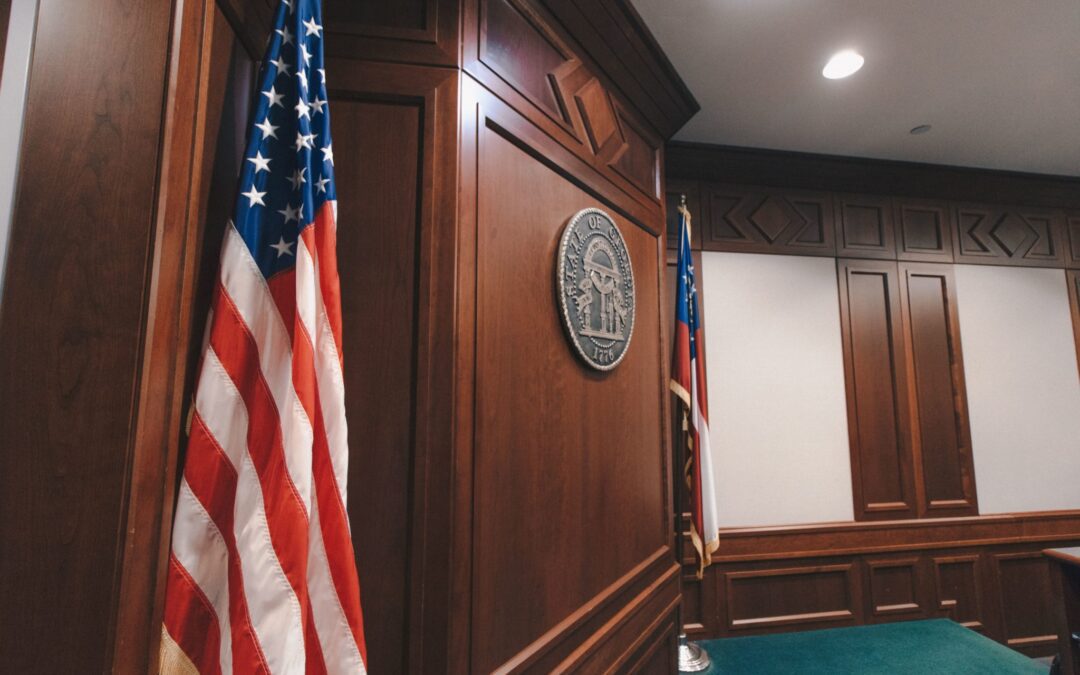In How to Win a Trial Pt. 1, Lloyd Bell detailed the preparation that goes into trial – from client meeting and discovery to evidence procurement and jury selection. Now in part two, we’ll dive deeper into how to win a trial, and detail the steps to take in crafting an effective opening statement to navigate an entire jury trial.
Opening Statements
The opening statement in a trial is the first opportunity the jury has to hear the story of the case presented in a coherent way. When you face a jury, you feel the weight of the moment and a deep responsibility for your client. You feel the muscle memory you’ve developed in preparing for that exact moment. It’s an opportunity to tell the jury what happened in the case, what the standard of care was, and the moral themes of the case.
Like any good story, you need to strike a balance of providing vital information and leaving some things to be answered in the future. However, one thing you must address in the opening is the concept of the medicine. You have to teach the medical details to the jury in a way that relates to common, everyday experiences. That teaching element is very important because it sets the jury up to better understand the story of the case and where the system failed.
The other element you need to address in the opening statement is the defendant’s position. Since we already know from discovery know the key points the defendants will use in their arguments, we take the opening statement as an opportunity to let the jury hear those points from us first. We want the jury to understand what the defense’s arguments will be so we have a chance to address them first.
We end the opening statement by detailing the specific damages, including pain and suffering and how the client was impacted by the negligence in the case. At that point, we typically tell the jury we’re going to ask for a certain amount of money because that’s what the evidence will demand.
The defense shares their opening statement next, and we then proceed into the evidence phase.
Presenting Evidence
When presenting evidence, the plaintiff goes first, as we have the burden of proof. We call witnesses, including the defendant doctor, medical experts, family members, damages witnesses and even the client. We share our evidence in its entirety. As we call each witness and complete a direct examination, the defense has an opportunity for a cross-examination, so the process can be lengthy.
Once the evidence process concludes, it’s time for closing arguments.
Closing Arguments
A closing argument is the story of the trial. It summarizes the key points learned both during the trial and the presented evidence. It’s a crucial piece of the process because the jury takes the closing argument into serious consideration when reaching a verdict. A closing argument is the opportunity to clarify disputes among witnesses, recap the major learnings and set the stage for a favorable verdict. The reward, of course, is seeing the jury come out of deliberations ready to present a verdict.
A Verdict Delivered
The moment you hear “we the jury, find in favor of the plaintiff,” there’s an enormous relief. There are tears, a rush of emotion, and you just reflexively turn to your client and want to hug them. We’ve had jury verdicts with significant dollar amounts that ensure the client will be taken care of the rest of their life, which is extremely validating.
Oftentimes, this sense of validation impacts plaintiffs much more than the dollars. Knowing that a jury listened and truly understood the case is incredibly valuable for our clients. Of course, the dollars are important for accessibility, medicine and lost income, but what matters most to clients is being heard, holding the healthcare provider accountable, and a sense of closure.
Time and time again, a favorable verdict allows clients to put pieces of their life back together. Even though they face a life of disability, knowing that a jury heard them, believed them and reached a verdict in their favor, there’s nothing more beautiful than that experience.
To learn more about trial preparation and jury selection, read Pt. 1 here.

